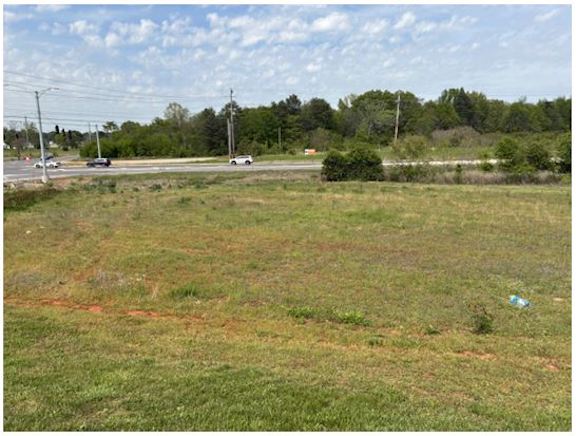LINKS AT CANEBRAKE: Council tables development plan
Published 8:27 pm Monday, March 12, 2018
After two hours of discussion at Monday’s Athens City Council meeting, a decision was made to table a vote on a master plan for a large residential development.
The development, the 296-lot Links at Canebrake, would be constructed over six phases and be built adjacent to the exclusive Canebrake Club development off Lindsay Lane. The project is being developed by D.R. Horton, which acquired Breland Homes in 2012.
Trending
Canebrake Club homeowners have expressed opposition to the new development, primarily because of connectivity between the two developments.
A revised plan before the council eliminated all sources of connectivity between the developments, but residents had other issues with the plan. Public Works Director James Rich pointed out there would be a 25-foot setback between homes in the existing Canebrake Club development and the property line of the Links at Canebrake, which was not greeted favorably by the packed council chambers.
Many homeowners who spoke wondered why there was not a true natural buffer separating the two developments. There are a number of trees that run parallel to an existing sewer easement, and some asked that the buffer be added to the development plan to offer additional separation.
As pointed out by some city officials, however, the city’s zoning has not previously allowed a buffer between two residential neighborhoods. Landscape or natural buffers are traditionally used to separate a commercial development from a residential development as a way to cut down on noise.
Councilman Joseph Cannon was seemingly the most uncomfortable voting for the project and was the one who made the motion to table the project. He had questions about what was proposed and intended by the Athens Planning Commission when the project was discussed in January.
The only council member who expressed a willingness to vote on the master plan was Councilman Harold Wales, who lives in Canebrake. He said he worked for many weeks on nixing the connectivity between the two developments and that residents should be happy about that.
Trending
“You may leave here tonight thinking, ‘I didn’t get everything I wanted,’ but you will leave with those streets not being connected to your neighborhood.”
Brie Hollander was just one of several who spoke. She and her husband had reservations about moving to Athens because of its proximity to the interstate, but told the council she felt secure in the Canebrake neighborhood.
She also told the council there was no one behind her when she purchased her home, though she admitted she should have researched the property ahead of time.
“I purchased that home because when I saw those trees, it was the best feeling to me,” she said. “Those trees mean a lot to me. It may sound silly, but when you’re talking about me looking at someone else drink coffee on their back porch in the morning, that’s not what I bought.”
She also took issue with the development’s name, but she wasn’t the only one. Resident John Marlin said while “The Links at Canebrake” is an inviting sound, and “even a bit classy,” the name is also misleading. He said the word “links” has become synonymous with golf, and the new development would not be tied to the golf course at Canebrake Club.
“’Canebrake’ implies that it may be subject to the same restrictions and covenants that are at Canebrake,” he said. “They are entirely different and so the use of Canebrake in describing this new facility degrades and cheapens the name ‘Canebrake.’ It also cheapens the name of a well-accepted community within the city of Athens. It’s an insult to me and my fellow residents of Canebrake and I recommend the approval of this project be subject to the word not being included.”
The buffer, or lack thereof, received the most attention, however. Alston Noah of Canebrake Club said while the idea of a buffer may sound good, there are other issues residents should consider. For example, it would be open to anyone.
“You’d have free access to get to that spot,” he said. “If you make it a common area, anyone in that neighborhood can go to that piece of property.”





